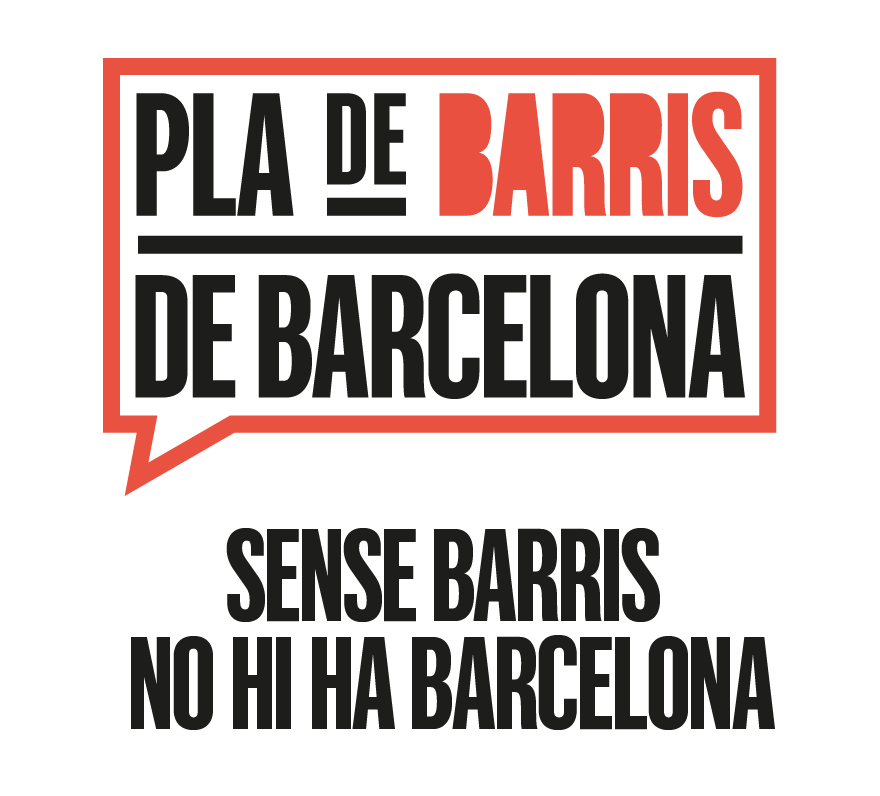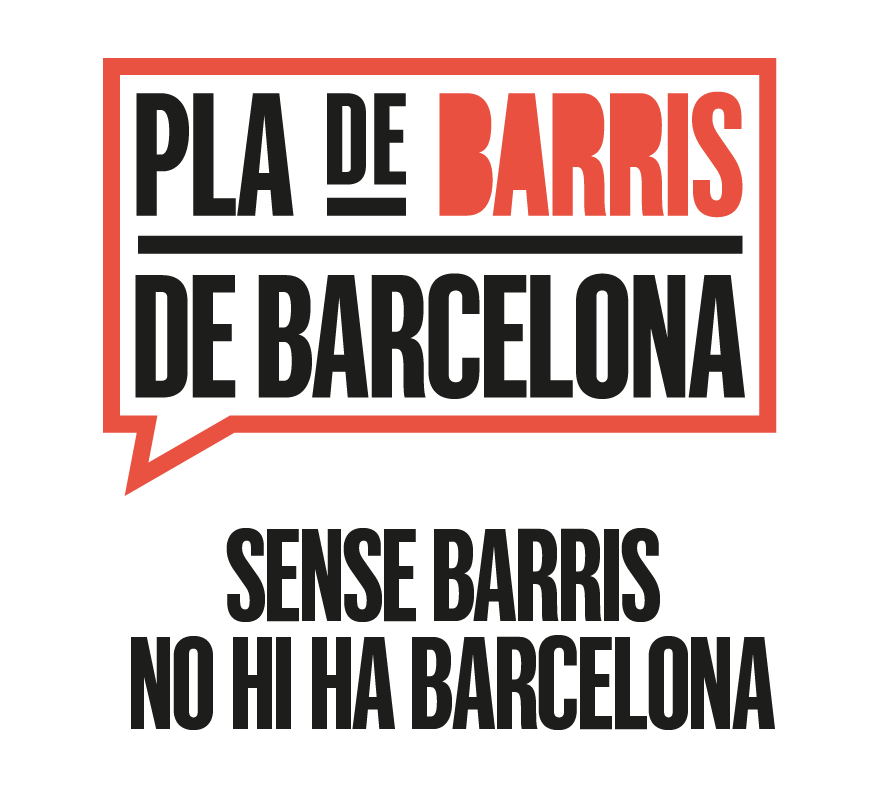El lunes 6 de junio se hace la Segunda Pascua, una fiesta que se celebra de manera desigual en todo el país: como es una festividad de elección municipal, algunas poblaciones hacen fiesta y otras no. No obstante, es una fiesta de carácter religioso bastante arraigada que además recibe nombres muy diferentes: Pascua de Pentecostés, Pentecostés, Segunda Pascua, Pascua Granada, Pascuillas o, en catalán, también Cinquagesma.
La festividad tiene lugar el quincuagésimo día después del domingo de Resurrección y de ahí provienen las palabras Pentecostés, de origen griego, y Cinquagesma, que tiene raíz latina. En los dos casos, se traduce por ‘el quincuagésimo día’. El origen de los otros nombres surge de la comparación con la Pascua Florida, considerada la festividad principal. Por eso, también puede hacerse referencia a esta fiesta con los nombres de Segunda Pascua, Pascuillas o Pascua Granada.
La fiesta tiene un trasfondo claramente religioso y conmemora el descenso del Espíritu Santo sobre los apóstoles. Según explican las sagradas escrituras, 50 días después de la resurrección de Cristo, el Espíritu Santo se apareció ante sus discípulos más fieles y les encomendó el inicio de la tarea evangelizadora. A partir de ese momento, los apóstoles empezaron a recorrer el mundo para hacer difusión de la fe cristiana y, por eso, el Espíritu Santo los dotó de la xenoglosia, que es la comprensión de diversas lenguas.
Pero se cree que el fondo histórico de esta celebración es más antiguo y se basa en una fiesta agraria en la que primitivamente se daba gracias por la cosecha. Más tarde, los judíos convirtieron la fiesta en el shavuot, que literalmente significa ‘fiesta de las semanas’. Esta celebración, que los judíos todavía conmemoran actualmente, recuerda el quincuagésimo día de la aparición de Dios en el monte del Sinaí y celebra la entrega de la ley al pueblo de Israel.
En el calendario festivo del país, la Segunda Pascua es una fiesta bastante arraigada en que proliferan las romerías. Seguramente porque el buen tiempo se acerca, se hace la romería de los franceses en Sant Aniol d’Aguja, la del coral en Prats de Molló y la fiesta de los chatos en Rubí. Por estas fechas también se celebra la fiesta mayor en Sant Feliu de Pallerols, muy famosa por la riqueza de la imaginería festiva que participa y conocida popularmente como mata-degolla, por su baile de Turcs y Cavallets.
Finalmente, en Barcelona pervive la fiesta de los Cors Muts, una tradición muy curiosa en que diversas agrupaciones corales que ya no se dedican al canto salen en pasacalle. Sobre todo se hace en el barrio de la Barceloneta, donde los participantes salen de juerga en grupos vestidos con ropa llamativa, collares y sombreros y llevan instrumentos como remos, hachas y tenedores de un tamaño exagerado.




